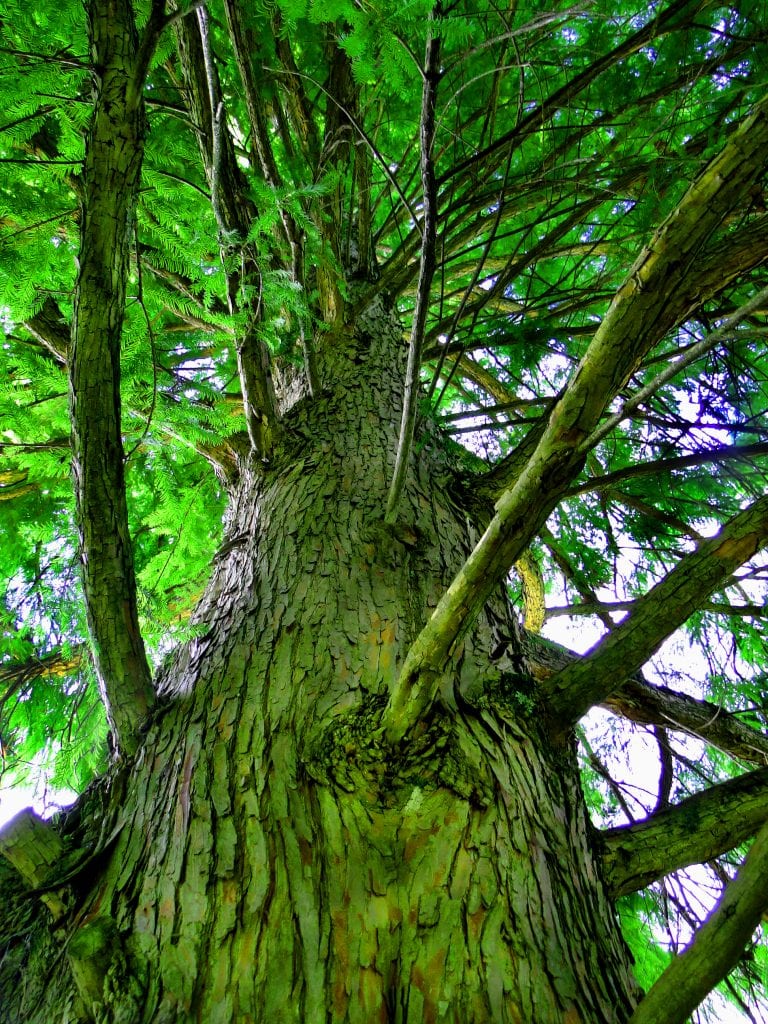Chapter 7: Case Study: Wilderness and Creation Spirituality

Wilderness spirituality comes at the center of this book for several reasons. First, in the flow of a semester, my students will have just finished the midterm exam, and fall or spring break comes next, so it is a perfect time to take a step back and reflect. Second, so far we have covered a lot of background material and philosophical and epistemological ground in order to set the stage for a deeper conversation; a foray into the wilderness, into some quiet places for reflection, will allow an opportunity to integrate some of the challenging themes we’ve engaged so far as we move forward. And finally, whether it’s the essential role wilderness spirituality has played in many religious traditions or the outdoor experiences that have been formative for many conservation champions[1], it often seems that wilderness spirituality lies at the heart of a thriving environmental ethic.[2]
Click the links below to explore these topics on the RESTORExchange database.
Wilderness Creation Spirituality Creation
- http://u.osu.edu/religionandenvironment/2017/03/04/history-professor-explains-religious-origins-of-american-environmentalism/ will be discussed briefly at the end of this chapter. ↵
- This is not to say that such a “wilderness ethic” is the superior basis for environmental values—Michael Pollan, as you may recall from chapter 3, made a compelling argument that this mindset may perpetuate a separation in America between nature and culture. Additionally, though some environmentalists privilege views like nature-spirituality, a person’s environmental views may not correlate with their ecological footprint. A wide range of worldviews can support positive environmental change, and none are exempt from the potential for hypocrisy. Tom Dunlap’s book, Faith in Nature: Environmentalism as Religious Quest, argues that the environmental movement has often functioned like a religion. If this is true, environmentalists must be careful not to allow religious or moral pride to alienate others by promoting a single environmental ideology as morally best. ↵
